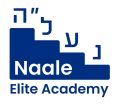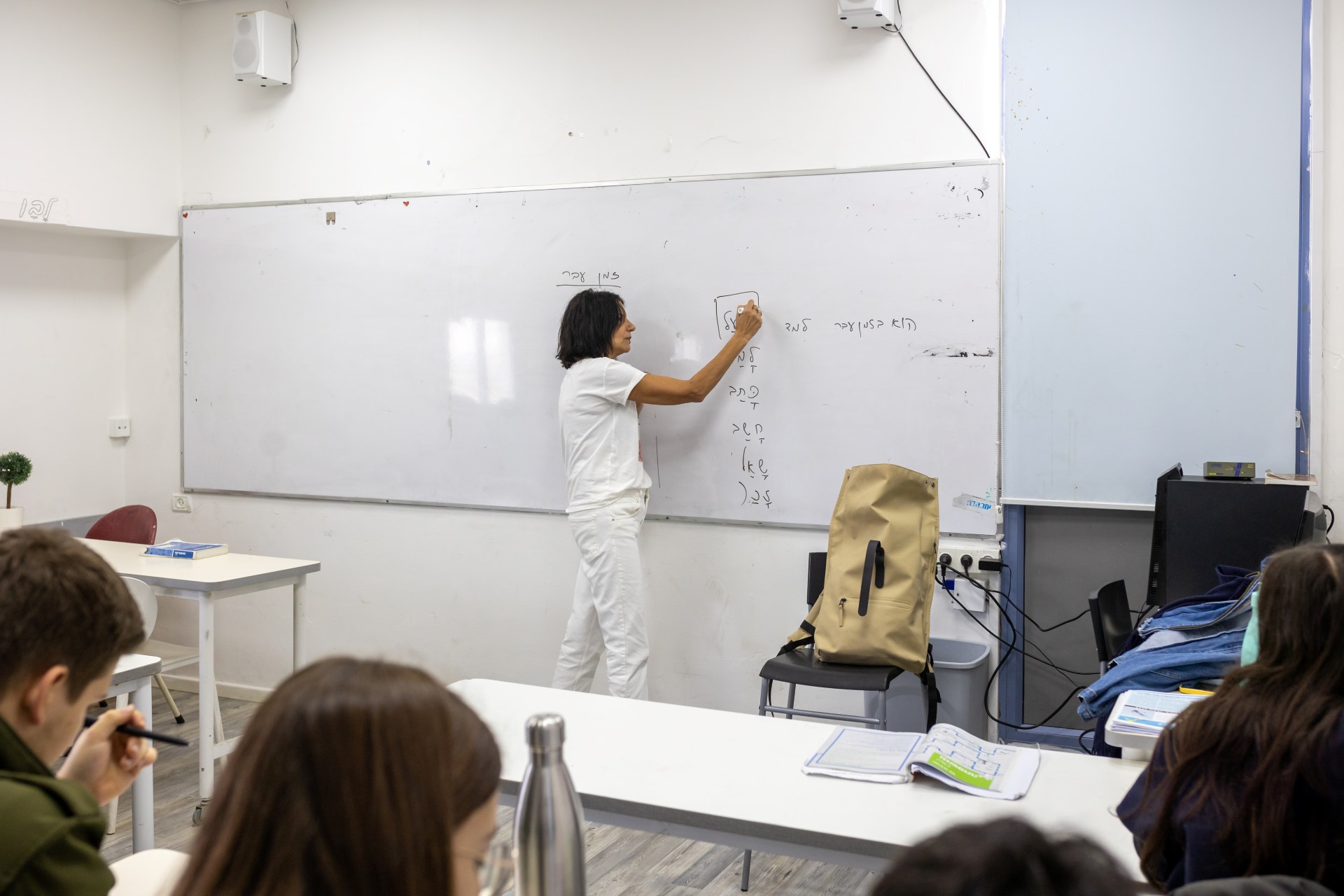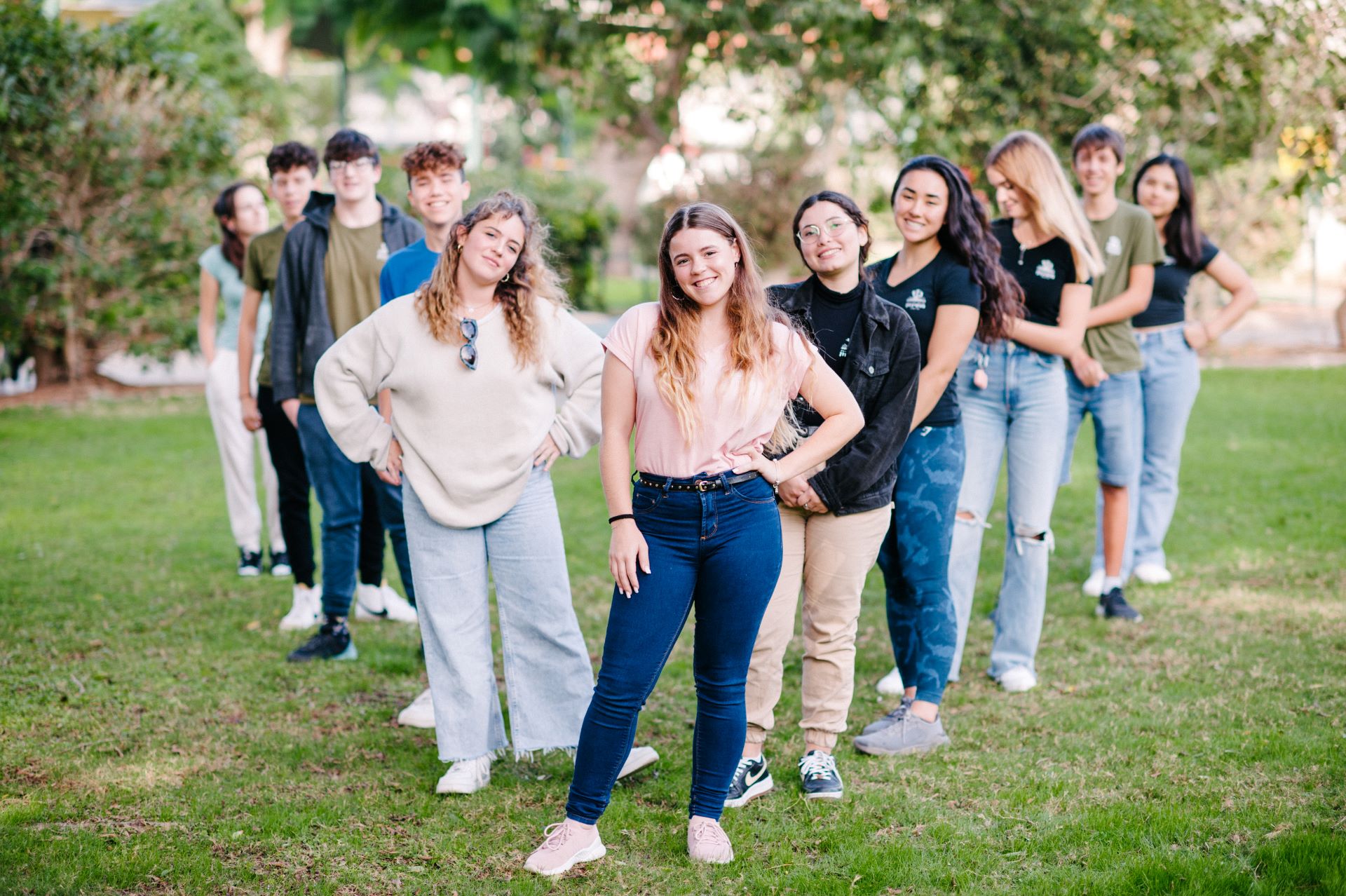Introduction: Understanding the School Transition Challenge
Moving to Israel with Naale is a promising journey not only for the teenagers, but their families who are seeking the best educational opportunities for their children. Israeli schools differ in language, educational philosophy, social dynamics, and daily routines in comparison to their global counterparts. While challenging, this transition offers unique opportunities for growth, cultural integration, and identity development.
The Israeli School System: A Different Educational Landscape
The basic structure includes:
- Grade organization: kindergarten (gan), elementary (grades 1-6), middle (7-9), and high school (10-12)
- School types: state secular, state Modern orthodox, and independent religious schools
- School year: September 1 to June 30, with Jewish holiday breaks
- School day: Sunday through Friday, typically 8:00 AM to 1:30 PM, and even 4PM in high school.
The curriculum emphasizes critical thinking and practical application, featuring core subjects like Hebrew, English, mathematics, science, civics and Torah studies (in religious schools). High school culminates in Bagrut examinations that determine university eligibility.
Language Acquisition: The Central Challenge
Language acquisition is the most immediate hurdle; however:
- The Naale Ulpan program provides intensive Hebrew instruction
- Immersion methods with supplementary support are offered
- Teachers modify assignments during initial adjustment
Most teenagers develop basic Hebrew within 6-12 months, though academic language proficiency typically requires 2 years or more. Support strategies offered at Naale include afterschool tutoring, digital resources, and encouraging socialization with their Israeli peers.
Cultural Adaptation: From Outsider to Insider
Israeli schools operate within a distinctly Jewish and Israeli cultural framework. The school year revolves around Jewish holidays and national observances like Yom HaZikaron and Yom Ha’atzmaut.
Schools help their students integrate cultures through:
- Culture days sharing original cultural backgrounds
- Narrative continuity connecting immigration to family history
- Appreciating and affirming their dual home and new identitiesMaintaining family traditions while adopting Israeli practice
Academic Adjustment
Beyond language, they will also encounter different classroom dynamics such as:
- More debate, discussion, and informal teacher relationships
- Greater emphasis on critical thinking over memorization
- More student responsibility for the learning process
Long-Term Outcomes
For teenagers, their move to Israeli schools offers long-lasting benefits:
- Enhanced cognitive flexibility and problem-solving
- Sophisticated cross-cultural competencies
- Greater resilience for future life transitions
- Cognitive and professional benefits of bilingualism
Conclusion: From Challenge to Opportunity
With appropriate support, most teenagers not only adapt to Israeli schools but ultimately thrive. Understanding both challenges and available support systems provides realistic preparation for families considering this transition. The story of educational transition demonstrates the remarkable resilience of youth —learning new languages, navigating different cultural expectations, forming friendships, and succeeding academically while developing integrated identities honoring both their origins and new Israeli lives.










